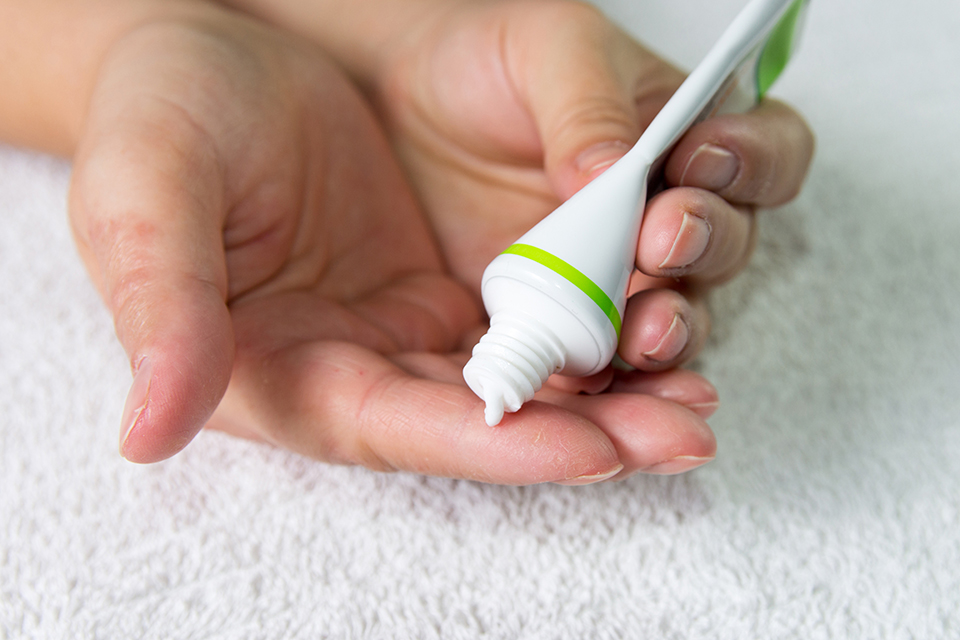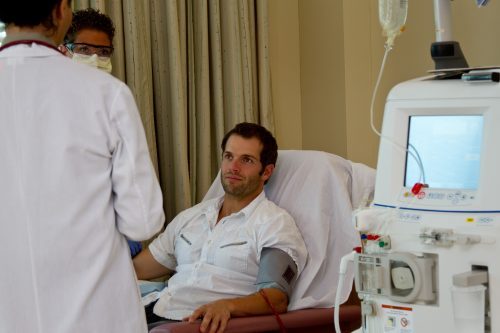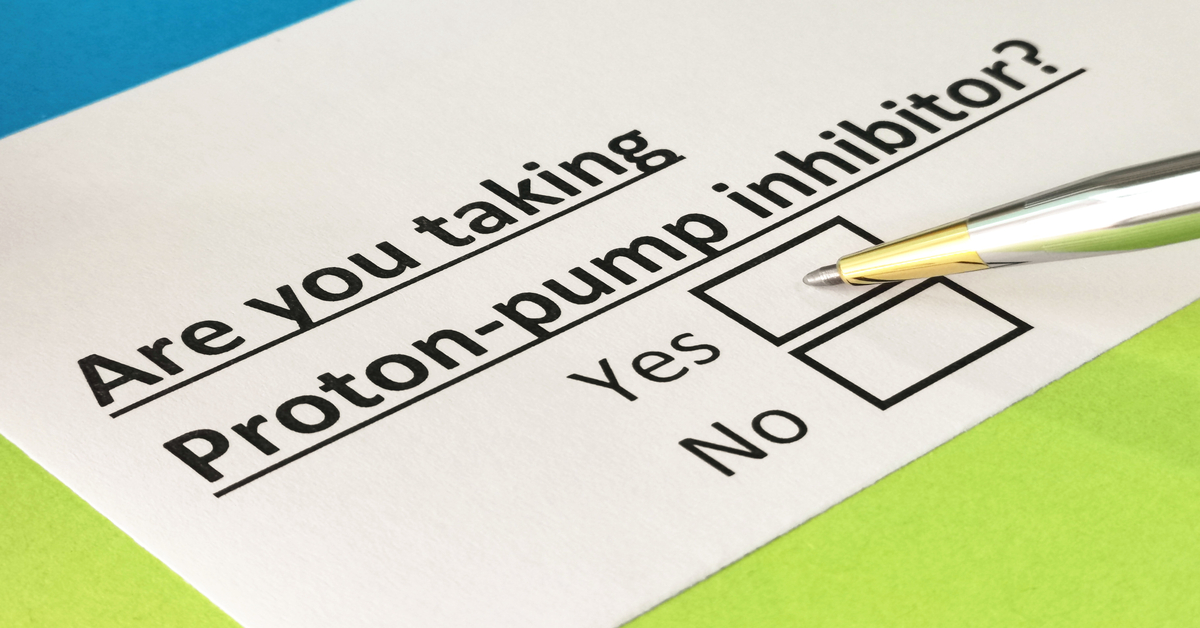
Due to the formation of numerous cysts in both kidneys and progressive decline in kidney function, approximately 70% of patients with autosomal dominant polycystic kidney disease (ADPKD) face a need for renal replacement therapy (RRT). ADPKD is the most common inherited kidney disease and accounts for 10% of all patients currently dependent on RRT.
Tolvaptan, a vasopressin V2 receptor antagonist (V2RA), is the first treatment shown to slow the rate of kidney function decline in patients with ADPKD; it is approved for clinical use in Japan, Canada, the European Union, and the United States. Results of the TEMPO (Tolvaptan Efficacy and Safety in Management of Autosomal Dominant Polycystic Kidney Disease and Its Outcomes) 3:4 trial that included patients with earlier stage ADPKD, demonstrated that the rate of kidney function decline was decreased by 26% with use of tolvaptan, compared with placebo. The later REPRISE trial showed that in patients with later-stage disease, tolvaptan slowed kidney function decline by 35% compared with placebo.
Common side effects experienced by more than half of the patients in the treated groups included polyuria, and resulting thirst, nocturia, and polydipsia. Polyuria amounts to urine output of 6.0 L per day, affecting daily life, and was the primary reason for dose reduction and drug discontinuation in the TEMPO 3:4 trial.
Bart J. Kramers, MD, and colleagues recently conducted an assessment of determinants of polyuria in patients with ADPKD using V2RAs such that the determinants could be used to assist in the development of strategies to limit urine volume and increase tolerability. The researchers conducted an analysis of a study that included patients with ADPKD with chronic kidney disease stages 1 to 4 who received 120 mg of tolvaptan daily. Participants collected 24-hour urine in three separate portions (during the day, evening, and night). Results of the analysis were reported in the American Journal of Kidney Diseases [2019;73(3):354-362].
The researchers conducted analyses at baseline, after 3 weeks of V2RA treatment (tolvaptan, 90/30 mg, in the last week), and after a 3-week washout period.
The analysis included 27 individuals with a mean age of 46 years and a wide range of kidney function. Mean measured glomerular filtration rate (mGFR) was 61 mL/min/1.73 m2 (range, 18-148 mL/min/1.73 m2). Median total kidney volume was 2147 mL. In the final week of treatment, tolvaptan 90/30 mg was tolerated by 26 of the 27 patients; one patient received 60/30 mg.
During the 3-week treatment period, the median increase in 24-hour urine volume was 128%, from urine volume of 2584 mL at baseline to 5930 mL during treatment with V2RA. During the three urine collection periods, median increases over baseline were 106% during the day, 177% during the evening, and 87% during the night. There was a strong association between higher baseline mGFR and a higher percentage and absolute increase in 24-hour urine volume during the treatment period. During the treatment period, urine volume per hour was higher during the evening (333 mL/h) compared with the day (236 mL/h; P=.001) and night (205 mL/h; P<.001). At baseline, free-water clearance was –491 mL/24 hours; during the treatment period, it increased to 2991 mL/24 hours; following the washout period, free-water clearance returned to baseline values, at a mean of –616 mL/24 hours. There were no changes in osmolar water clearance between the study periods. There was a small but statistically significant increase in plasma sodium and plasma osmolality.
Following initiation of V2RA treatment, median 24-hour urine osmolality decreased by 60%, to 139 mOsm/kg (P<.001). There was no association between baseline mGFR and urine osmolality during the V2RA treatment period. Urine osmolality during the day and evening were similar (146 and 136 mOsm/kg, respectively; however, urine osmolality was significantly higher during the night (154 mOsm/kg; P=.001 and P<.001 vs day and evening, respectively).
There were no independent associations observed between 24-hour urine volume and mGFR, total kidney volume, or V2RA concentration
The authors cited some limitations to the findings, including the small sample size, the lack of a standardized diet, and the observational design of the analysis, limiting the ability to allow firm conclusions regarding causality.
In conclusion, the researchers said, “To date, V2Ra tolvaptan is the only treatment that has been proven to slow disease progression in ADPKD. Polyuria and related side effects, such as thirst, are the most common reasons for treatment discontinuation. We found that due to the maximally dilute urine induced by use of V2RAs, osmolar excretion becomes the major determinant of urine volume. Our data suggest that limiting osmolar intake could reduce urine volume and make treatment with V2RAs more tolerable. Furthermore, patients could be informed that they may be able to change the timing of the highest urine output by adjusting their meal schedule and the amounts of osmoles ingested, allowing them to have more control over the aquaretic side effects of tolvaptan.”
Takeaway Points
- Treatment with the vasopressin V2 receptor tolvaptan for patients with ADPKD is associated with polyuria in more than half the patients, affecting daily life and resulting in discontinuation of the drug.
- In results of a recent study of patients treated with tolvaptan, osmolar excretion was the major determinant of urine volume as a consequence of the inability to concentrate urine.
- The results suggest that restriction of osmolar intake may reduce polyuria related to tolvaptan, improving its tolerability.







 © 2025 Mashup Media, LLC, a Formedics Property. All Rights Reserved.
© 2025 Mashup Media, LLC, a Formedics Property. All Rights Reserved.